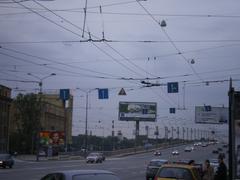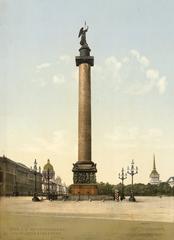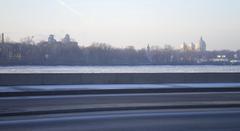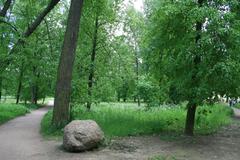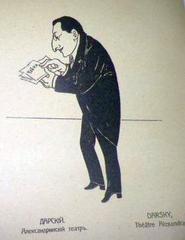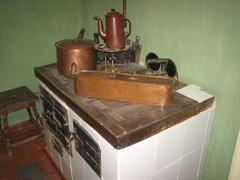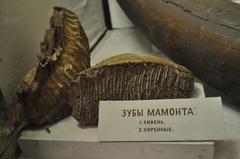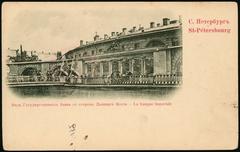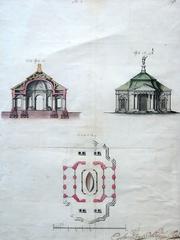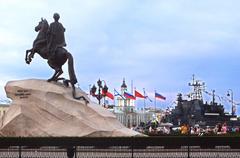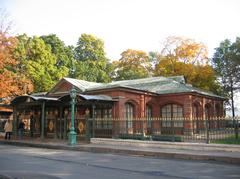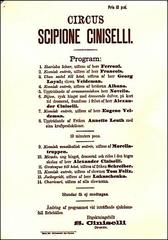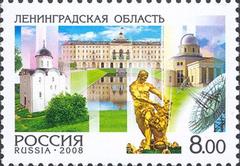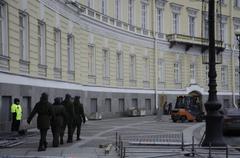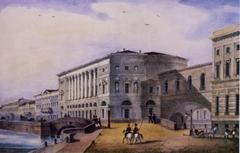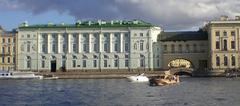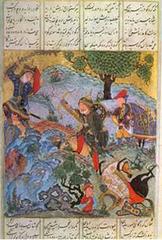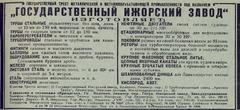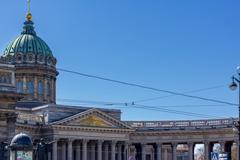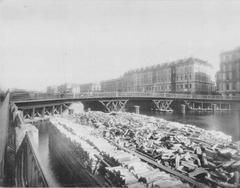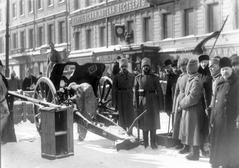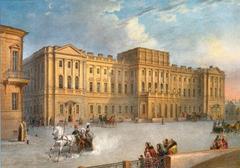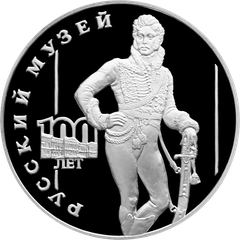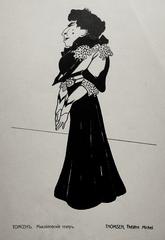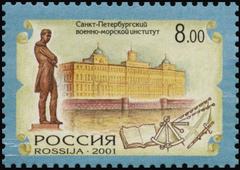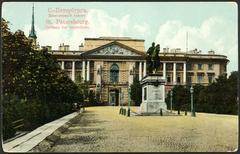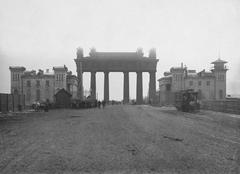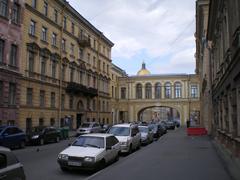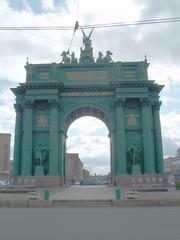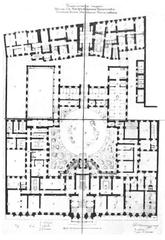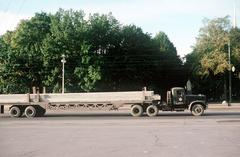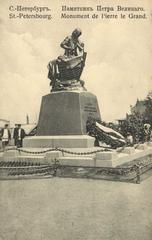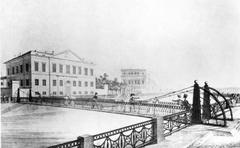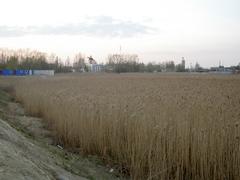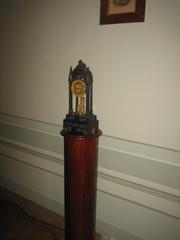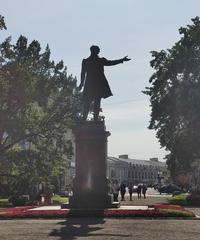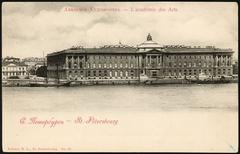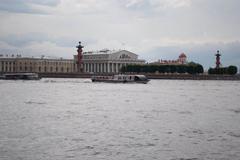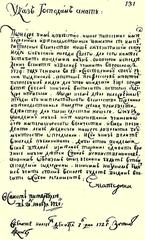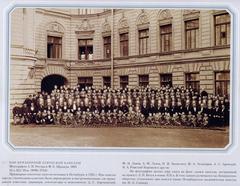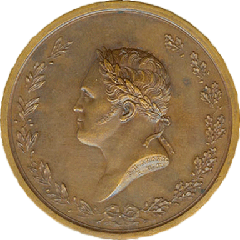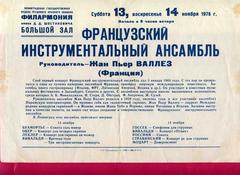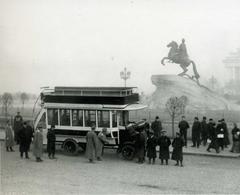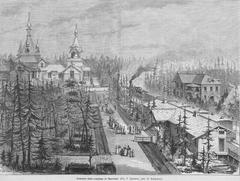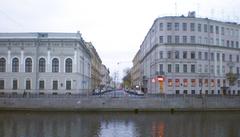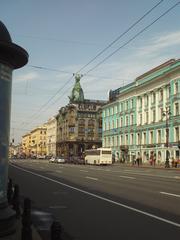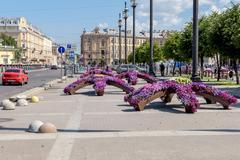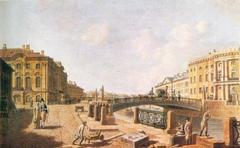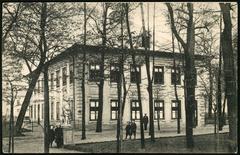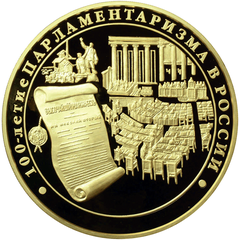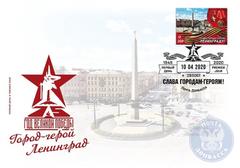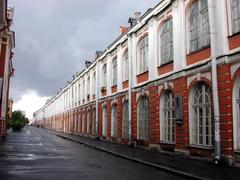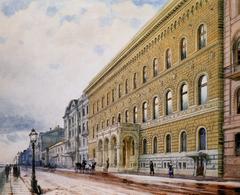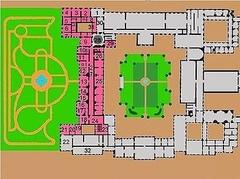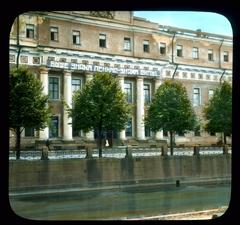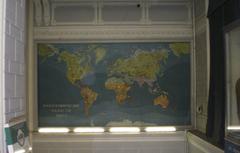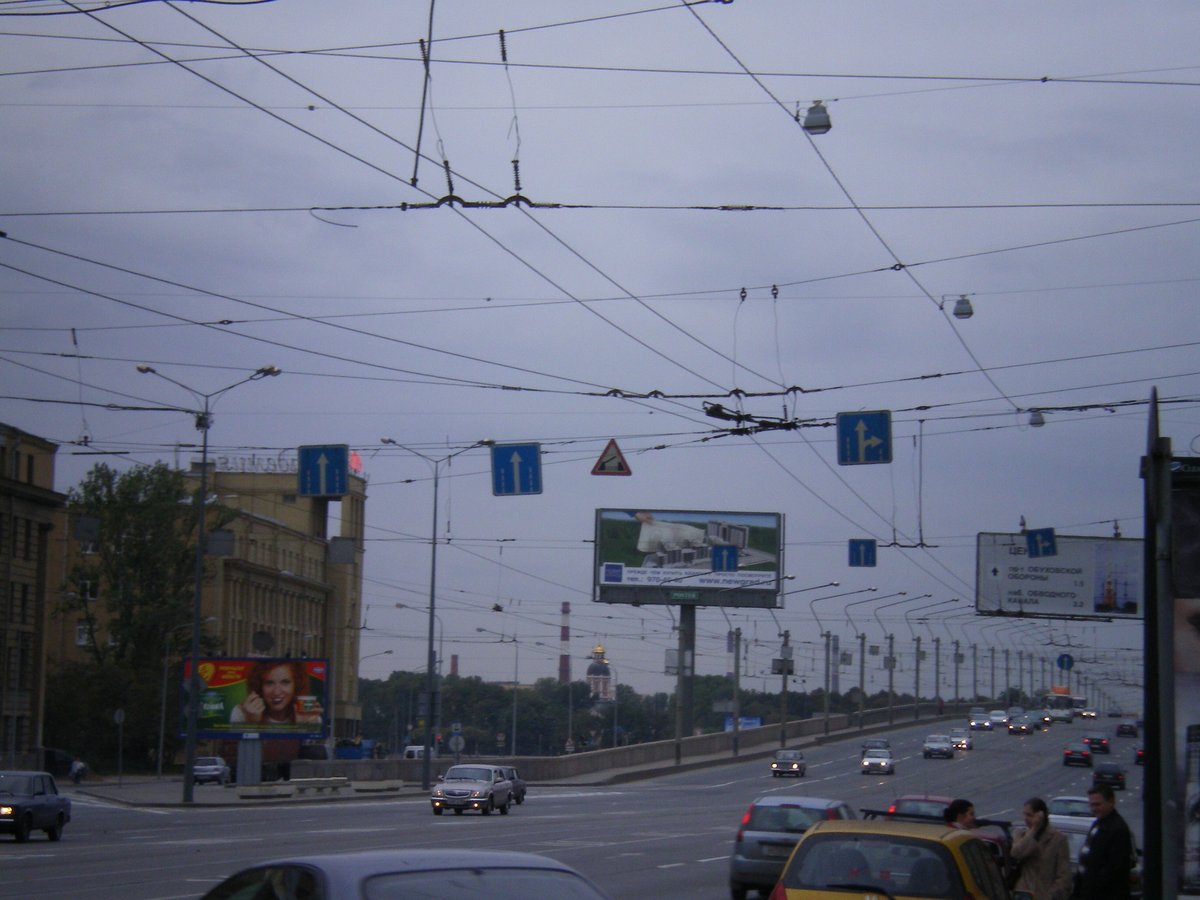
Visiting Guide to Alexander Nevsky Bridge, Saint Petersburg, Russia
Date: 19/07/2024
Introduction
The Alexander Nevsky Bridge, known locally as мост Александра Невского, stands as an iconic landmark in Saint Petersburg, Russia. Spanning the Neva River, the bridge is not just a vital infrastructural element but also a symbol of the city’s rich history and cultural heritage. Constructed between 1960 and 1965, this bridge was named after Alexander Nevsky, a revered Russian prince and military leader, celebrated for his victories against foreign invaders in the 13th century. The bridge’s design, led by chief engineer G. P. Peredery and architect A. S. Nikolsky, epitomizes the functionalist style prevalent in the Soviet Union during the mid-20th century. With its impressive length of 905.7 meters and a width of 35 meters, it remains one of the longest bridges in Saint Petersburg. Whether you’re a history enthusiast, an architecture aficionado, or a curious traveler, this comprehensive guide will provide you with all the essential information for visiting the Alexander Nevsky Bridge, including its historical significance, architectural features, visitor tips, and nearby attractions (Visit Petersburg).
Table of Contents
- Introduction
- Historical Background of мост Александра Невского (Alexander Nevsky Bridge)
- Visitor Information
- Travel Tips and Nearby Attractions
- FAQ Section
- Conclusion
Historical Background of мост Александра Невского (Alexander Nevsky Bridge)
Construction and Inception
The Alexander Nevsky Bridge spans the Neva River, connecting the central part of Saint Petersburg with the eastern districts. Its construction began in 1960 and was completed in 1965, marking a pivotal moment in the city’s infrastructural development. The bridge was named after Alexander Nevsky, a revered Russian prince and military leader who played a crucial role in the history of medieval Russia.
Architectural Design
The design of the Alexander Nevsky Bridge was a collaborative effort involving several prominent Soviet engineers and architects. The chief engineer of the project was G. P. Peredery, while the architectural design was led by A. S. Nikolsky. The bridge’s design reflects the utilitarian and functionalist architectural style prevalent in the Soviet Union during the mid-20th century. It features a steel girder structure with a total length of 905.7 meters (2,971 feet) and a width of 35 meters (115 feet), making it one of the longest bridges in Saint Petersburg.
Strategic Importance
The Alexander Nevsky Bridge serves as a critical transportation link, facilitating the movement of people and goods across the Neva River. Its construction was part of a broader effort to modernize the city’s infrastructure and improve connectivity between different districts. It also played a vital role in alleviating traffic congestion in the city center, providing an alternative route for vehicles traveling between the eastern and western parts of Saint Petersburg.
Historical Context
The construction of the Alexander Nevsky Bridge took place during a period of rapid industrialization and urbanization in the Soviet Union. The 1960s were marked by significant investments in infrastructure projects aimed at supporting the country’s economic growth and development. The bridge’s construction was part of a broader plan to enhance the transportation network in Saint Petersburg, which was then known as Leningrad. This period also saw the construction of other major infrastructure projects, including the Leningrad Metro and several new residential districts.
Cultural Significance
The Alexander Nevsky Bridge is not only an important infrastructural asset but also a cultural landmark in Saint Petersburg. It is named after Alexander Nevsky, a historical figure who holds a special place in Russian history and culture. Alexander Nevsky was a prince of Novgorod and Grand Prince of Vladimir during the 13th century. He is celebrated for his military victories against the Swedish and German invaders, which earned him the title of a national hero. The bridge’s name serves as a tribute to his legacy and contributions to Russian history.
Renovations and Modernization
Over the years, the Alexander Nevsky Bridge has undergone several renovations and modernization efforts to ensure its structural integrity and safety. In the early 2000s, the bridge was extensively renovated to address wear and tear and to upgrade its facilities. These renovations included the reinforcement of the bridge’s steel structure, the replacement of worn-out components, and the installation of modern lighting and safety features. The modernization efforts have helped to extend the bridge’s lifespan and maintain its status as a vital transportation link in Saint Petersburg.
Engineering Feats
The construction of the Alexander Nevsky Bridge was a remarkable engineering feat, given the technological limitations of the time. The bridge’s steel girder structure required precise engineering and construction techniques to ensure its stability and durability. The project involved the use of advanced materials and construction methods, including the use of high-strength steel and reinforced concrete. The successful completion of the bridge demonstrated the capabilities of Soviet engineering and contributed to the advancement of bridge construction techniques in the country.
Impact on Urban Development
The Alexander Nevsky Bridge has had a profound impact on the urban development of Saint Petersburg. By providing a direct link between the central and eastern parts of the city, the bridge has facilitated the growth and expansion of residential and commercial areas in the eastern districts. It has also contributed to the development of new transportation routes and the improvement of public transit services. The bridge’s construction has played a key role in shaping the city’s urban landscape and supporting its continued growth and development.
Commemorative Events
The Alexander Nevsky Bridge has been the site of several commemorative events and celebrations over the years. These events often coincide with significant anniversaries related to the bridge’s construction or the historical figure it is named after. For example, in 2015, the city of Saint Petersburg celebrated the 50th anniversary of the bridge’s completion with a series of events, including exhibitions, concerts, and public ceremonies. These commemorative events highlight the bridge’s importance as both an infrastructural and cultural landmark in the city.
Visitor Information
Visiting Hours
The Alexander Nevsky Bridge is accessible to pedestrians and vehicles 24 hours a day, seven days a week. However, it is advisable to check for any scheduled maintenance or closures, especially during the winter months when weather conditions can impact accessibility.
Tickets
There is no entrance fee to visit the Alexander Nevsky Bridge. It is a public structure, and access is free for all visitors.
Accessibility
The bridge is designed to accommodate both pedestrian and vehicular traffic. There are pedestrian walkways on either side of the bridge, making it accessible for walkers and cyclists. Public transportation options, such as buses and trams, also service the area around the bridge.
Guided Tours
Several tour operators in Saint Petersburg offer guided tours that include the Alexander Nevsky Bridge as part of their itinerary. These tours often provide historical context and interesting anecdotes about the bridge and its significance in the city’s development.
Travel Tips and Nearby Attractions
Travel Tips
- Best Time to Visit - The bridge can be visited year-round, but the summer months offer the most pleasant weather for a stroll across the bridge.
- Photography - The bridge offers stunning views of the Neva River and the Saint Petersburg skyline, making it a great spot for photography.
- Safety - Be mindful of traffic when walking across the bridge, and use designated pedestrian pathways.
Nearby Attractions
- Alexander Nevsky Monastery - Located nearby, this historic monastery is another must-visit site dedicated to the same historical figure as the bridge.
- Nevsky Prospect - One of the main streets in Saint Petersburg, offering a variety of shops, restaurants, and cultural sites.
- Smolny Cathedral - A beautiful baroque-style cathedral located a short distance from the bridge.
FAQ Section
What is the best time to visit the Alexander Nevsky Bridge?
The bridge can be visited year-round, but the summer months offer the most pleasant weather for sightseeing and photography.
Is there an entrance fee to visit the Alexander Nevsky Bridge?
No, there is no entrance fee. The bridge is a public structure and is free to access.
Are there guided tours available?
Yes, several tour operators offer guided tours that include the Alexander Nevsky Bridge as part of their itinerary.
Conclusion
The Alexander Nevsky Bridge is a vital part of Saint Petersburg’s transportation network and a significant cultural landmark. Its rich history, architectural brilliance, and strategic importance make it a must-visit site for anyone interested in the history and development of Saint Petersburg. Be sure to include this iconic bridge in your travel plans and take advantage of the many opportunities to learn about its historical and cultural significance. For more detailed information, you can visit the official website of Saint Petersburg.
References
- Visit Petersburg. https://www.visit-petersburg.ru/en/
